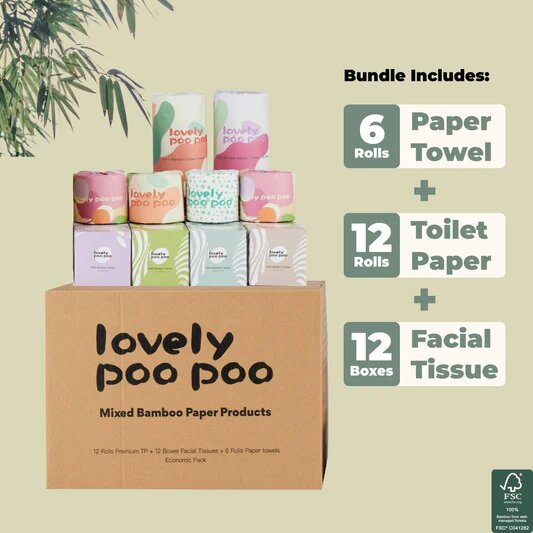In today’s eco-conscious world, even our bathroom choices can have a profound impact on the environment. Sustainable toilet paper has emerged as a responsible choice for individuals and families looking to reduce their ecological footprint. In this article, we’ll delve into the world of sustainable toilet paper and how it transforms a basic necessity into an eco-friendly act.
The Significance of Sustainable Toilet Paper
Traditional toilet paper production has often been associated with resource-intensive and environmentally harmful practices. Sustainable toilet paper, on the other hand, prioritizes responsible sourcing, efficient production, and minimal environmental impact throughout its lifecycle.
Sustainable Sourcing
And sustainable toilet paper is typically made from materials sourced responsibly. Many brands use wood pulp from sustainably managed forests or rapidly renewable resources like bamboo. These materials are harvested in a way that ensures the long-term health of forests and minimizes harm to ecosystems.
Reduced Environmental Impact
The production of sustainable toilet paper usually involves eco-friendly manufacturing processes that use less water and energy and produce fewer emissions. Additionally, these products often use chlorine-free or less harmful bleaching methods, reducing the release of harmful chemicals into the environment.
Minimal Packaging
Many sustainable toilet paper brands are mindful of packaging waste and opt for minimal or recyclable packaging, reducing waste and the environmental footprint of their products.
Biodegradability and Septic Safety
Sustainable toilet paper is designed to be biodegradable and safe for septic systems. This ensures that the paper breaks down quickly and doesn’t pose a threat to wastewater treatment facilities or plumbing.
Choosing Sustainable Toilet Paper
When selecting sustainable toilet paper, consider the following factors:
- Material: Look for products made from sustainable and responsibly sourced materials, such as certified wood pulp or bamboo.
- Certifications: Check for sustainability certifications, such as FSC (Forest Stewardship Council) certification, which ensures the paper comes from responsibly managed forests.
- Packaging: Opt for products with minimal or recyclable packaging to reduce waste.
- Biodegradability: Ensure that the toilet paper is biodegradable and safe for septic systems.
- Comfort and Quality: Choose a product that meets your comfort and quality preferences for a satisfying bathroom experience.
Conclusion
Switching to sustainable toilet paper is a simple yet impactful way to make environmentally responsible choices in your daily life. By choosing responsibly sourced materials, eco-friendly production methods, and minimal packaging, you reduce your ecological footprint and support sustainable practices. Every roll of sustainable toilet paper you use is a step towards a more environmentally conscious and eco-friendly bathroom routine.









































